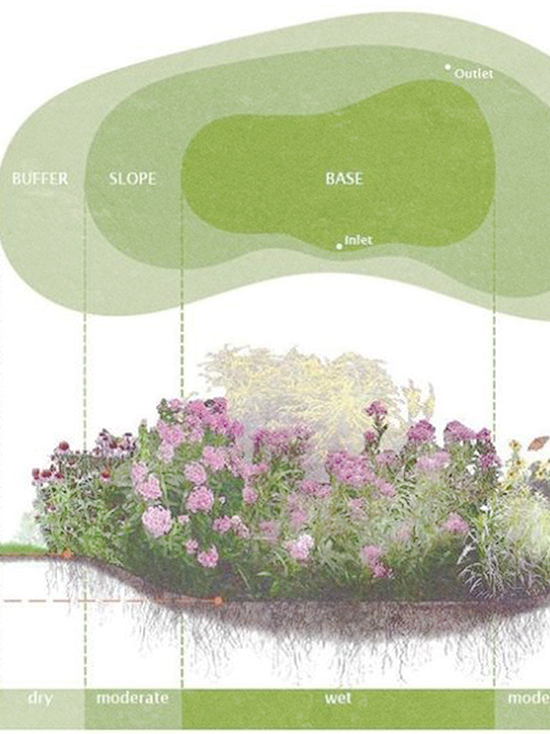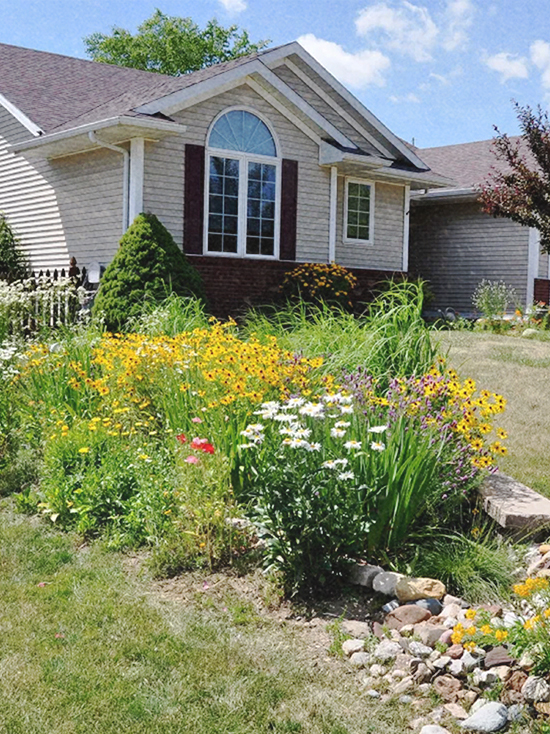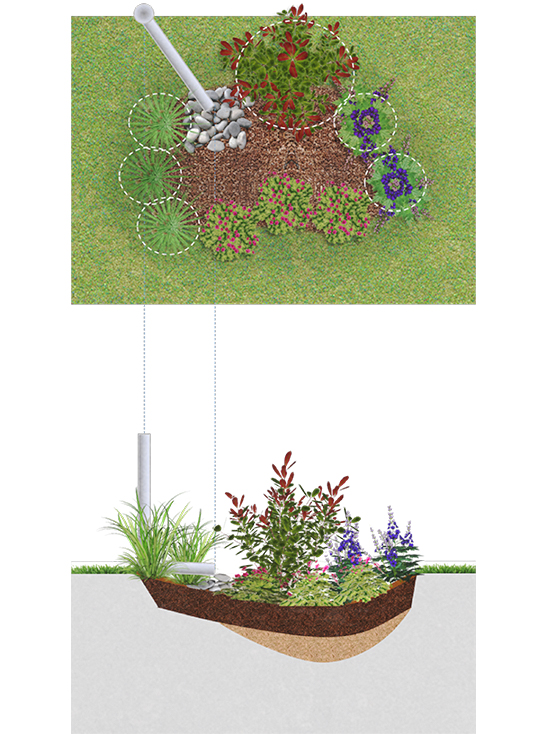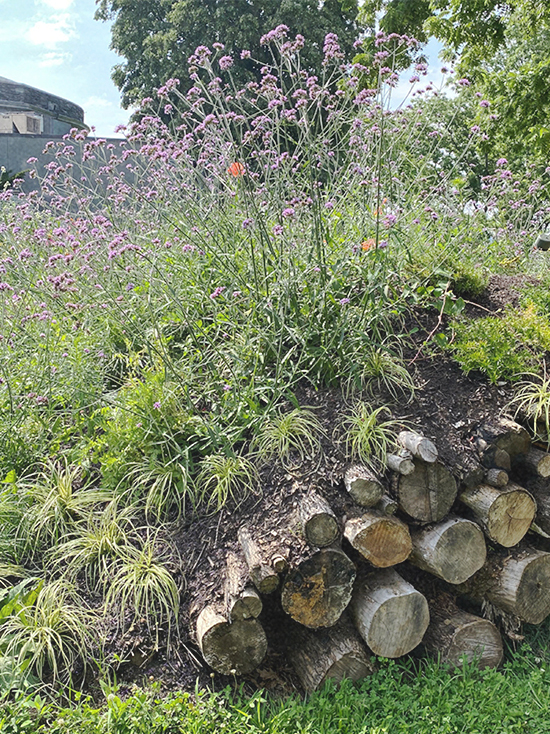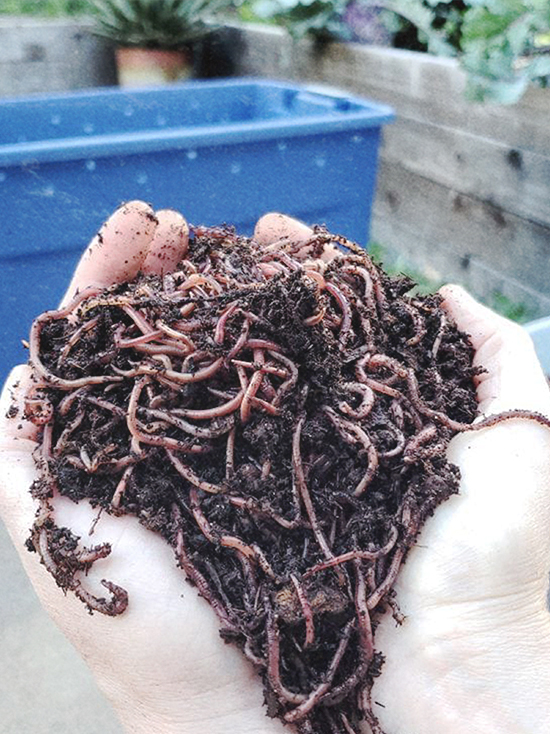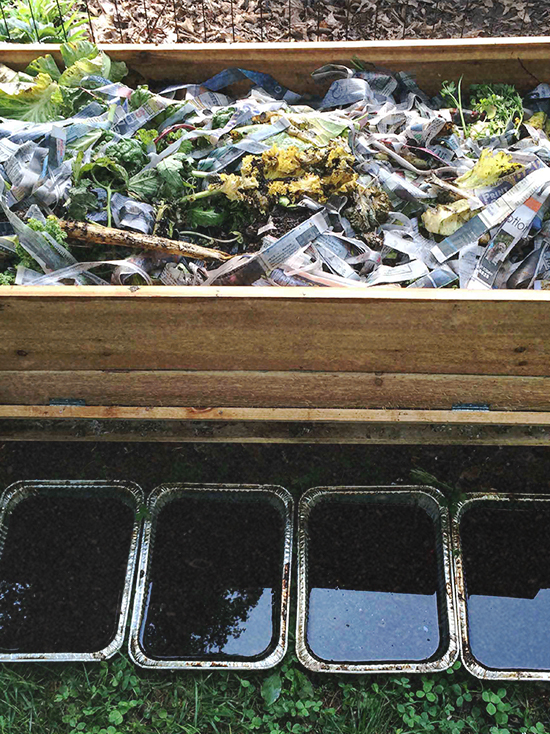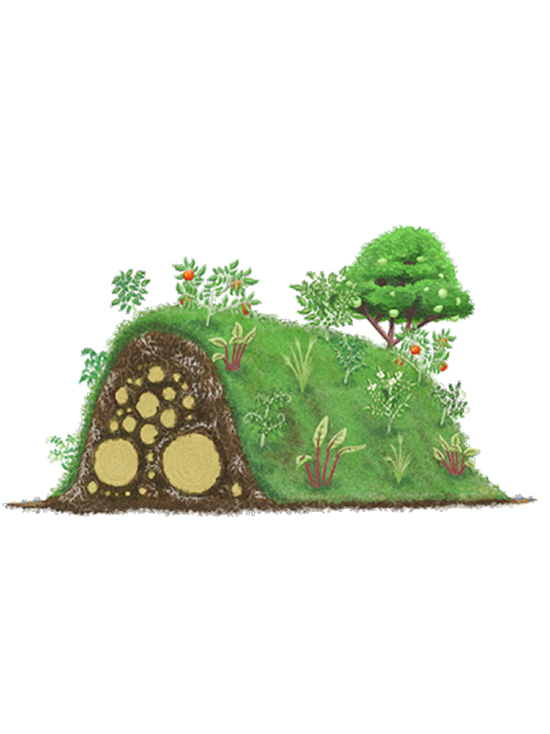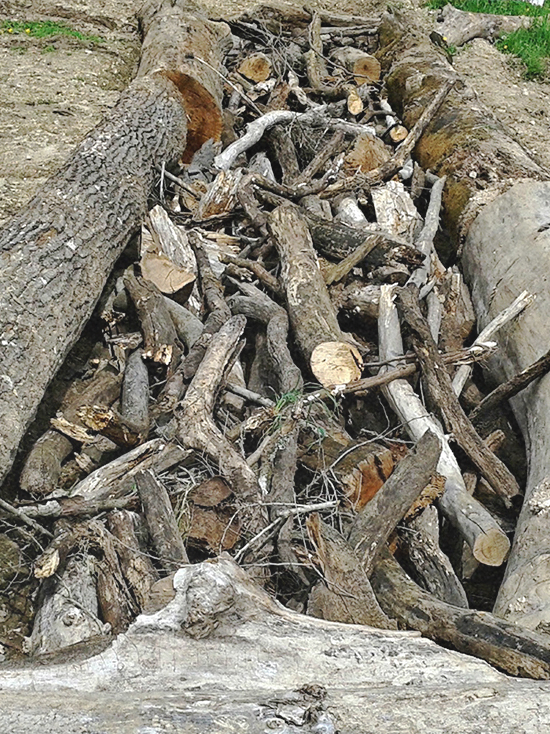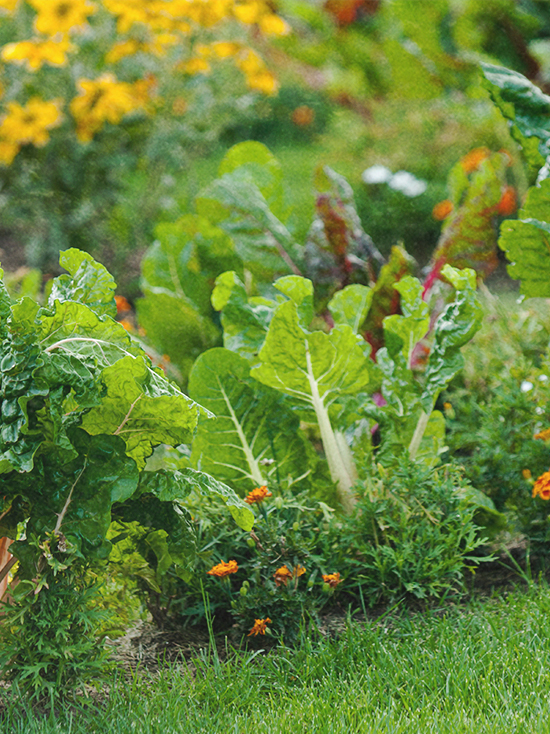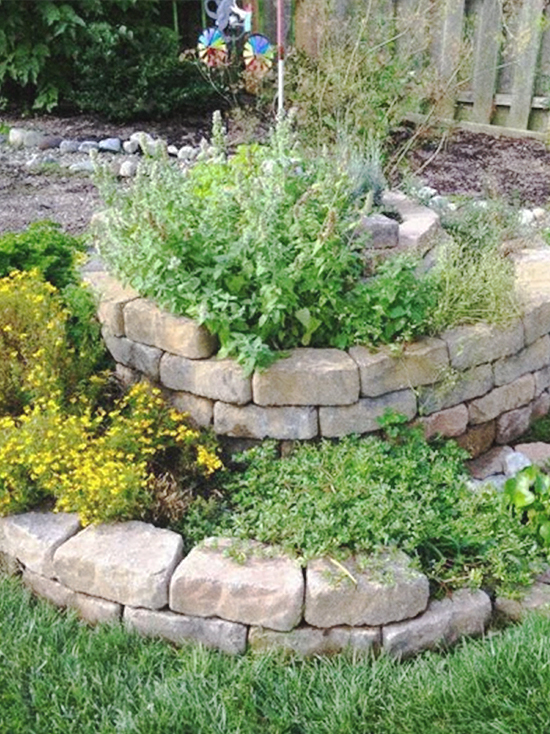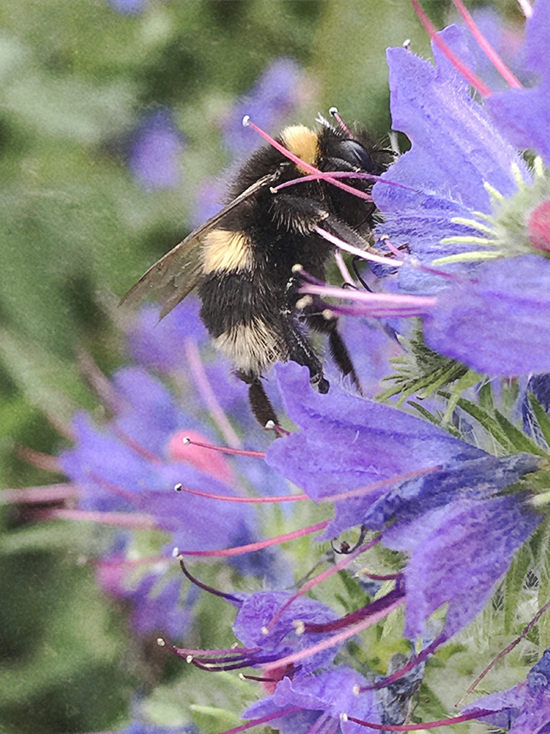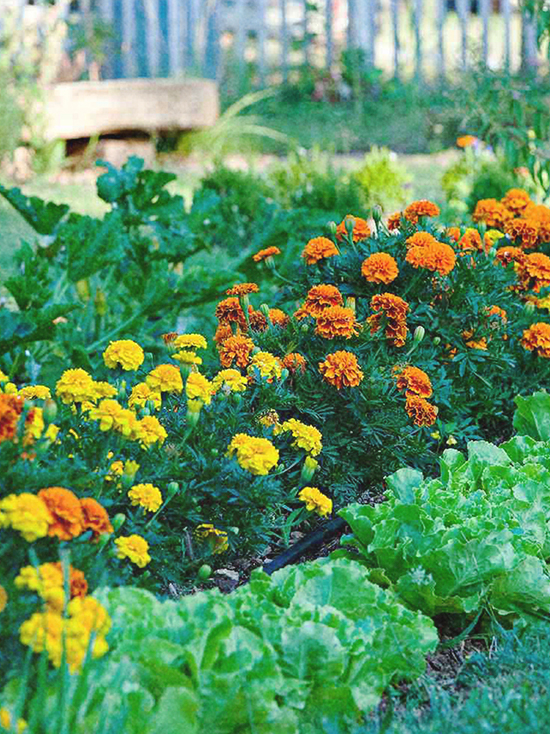Techniques
typically used in permaculture design
Most designs often contain specific techniques associated with permaculture, and there is a great number of possibilities to choose from.
Whereas the application of a technique alone, like mandala gardens or seed saving does not make permaculture, placing them within the context of an ecologically integrated system, does. Techniques in permaculture are meant to be part of an intentional strategy to resolve a specific need of the system, such as water management, green waste, or practicality.
techniques in smart
Water systems
- Swales
- Rain gardens
- Off-grid water systems
- Rainwater harvesting
- Stormwater management
- Drainage
Water conservation is a primary goal of permaculture water management, achieved through capturing and storing rainwater to reduce reliance on municipal water supplies, particularly crucial in drought-prone regions.
Techniques like swales and rain gardens play a dual role in promoting soil health by facilitating water infiltration, which increases soil moisture and reduces erosion. Additionally, these practices foster biodiversity by creating habitats for diverse species, including pollinators and beneficial insects attracted to rain gardens.
Pollution reduction is another benefit, as managing stormwater onsite prevents runoff from carrying pollutants into local waterways, thereby improving water quality.
Moreover, these systems enhance landscape resilience against extreme weather events by effectively managing excess rainwater during storms and storing it for use during dry periods, thus contributing to a balanced water cycle.
techniques for healthy
Soil building
- Cover cropping
- Mulching
- Composting
- Worm bins
- No-till agriculture
- Hügel-beds
Cover cropping protects and nourishes soil, while also suppressing weeds and preventing erosion.
Mulching conserves soil moisture, suppresses weeds, and provides nutrients as organic material decomposes.
Composting transforms organic waste into nutrient-rich humus.
Worm bins cultivate earthworms that break down organic matter, producing castings that enhance microbial activity in the soil.
No-till agriculture minimizes soil disturbance, preserving its natural biodiversity, reducing erosion.
Hügel beds are constructed from layers of organic materials such as logs, leaves and soil, which gradually decompose into nutrient-rich soil.
techniques for thriving
Plant communities
- Edible landscaping
- Ecosystem restoration
- Pollinator nectaries
- Low-mow lawns
- Spiral herbs gardens
- Mandala gardens
Permaculturists employ edible landscaping to create diverse plant communities, merging food-producing plants with ornamental species to foster resilience, biodiversity, and self-sufficiency within the landscape.
Ecosystem restoration initiatives focus on rebuilding degraded environments by establishing local resilient plant communities that enhance soil health, attract beneficial insects, and restore natural habitats.
Incorporating pollinator nectaries supports diverse plant communities by attracting essential pollinators and promoting ecosystem balance and health.
Low-mow lawns minimize maintenance and resource use, offering habitat for beneficial insects and cutting carbon emissions.
Spiral herb gardens and mandala gardens optimize space and productivity while supporting biodiversity and yielding plentiful harvests.
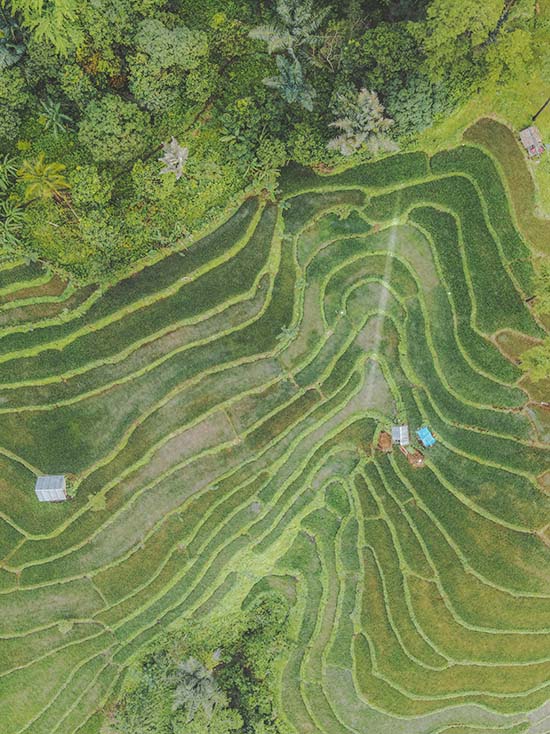
techniques for intelligent
Earthworks
- Terracing
- Edging
- Landscape steps
- Paths
- Raised beds
- Contour lines
The purpose of these techniques in permaculture is mostly to organically harness water and nutrients on-site.
Terracing reduces erosion, retains water, and creates flat areas for cultivation.
Edging in permaculture helps utilize the marginal spaces efficiently, maximizing productivity and biodiversity.
Landscape steps and paths help navigate spaces efficiently and minimize soil compaction.
Raised beds optimize growing conditions, improve drainage, and enhance plant health.
Earth contouring shapes the land by mirroring natural landscape contours to retain and direct water, so that it can be used on-site by the plants.
Let’s Talk GET IN TOUCH Let’s Talk GET IN TOUCH Let’s Talk GET IN TOUCH Let’s Talk GET IN TOUCH



